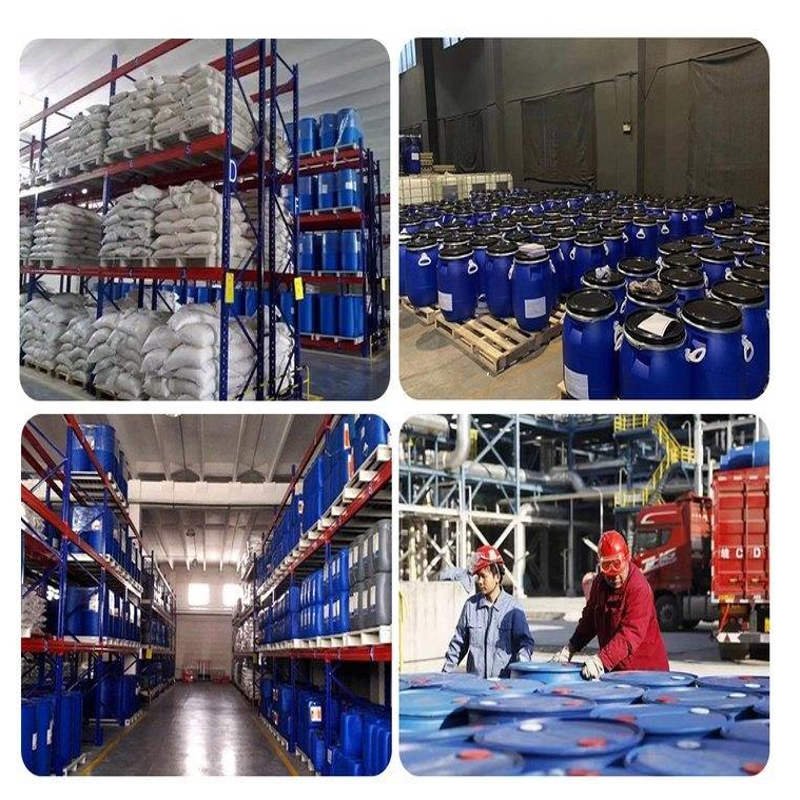-
Categories
-
Pharmaceutical Intermediates
-
Active Pharmaceutical Ingredients
-
Food Additives
- Industrial Coatings
- Agrochemicals
- Dyes and Pigments
- Surfactant
- Flavors and Fragrances
- Chemical Reagents
- Catalyst and Auxiliary
- Natural Products
- Inorganic Chemistry
-
Organic Chemistry
-
Biochemical Engineering
- Analytical Chemistry
-
Cosmetic Ingredient
- Water Treatment Chemical
-
Pharmaceutical Intermediates
Promotion
ECHEMI Mall
Wholesale
Weekly Price
Exhibition
News
-
Trade Service
China Petrochemical News Network News Since March this year, to seize the opportunity of increasing market demand for naphtha, Guangzhou Petrochemical adjusted its production schedule in time, through technical research, to achieve independent analysis of naphtha silicon content, and use precise data as naphtha.
Efficient factory escort
.
Up to now, a total of 351 items of naphtha delivery analysis have been completed, with a total of 78,000 tons of delivered products
In the oil refining process, the reforming catalyst is more sensitive to organometallic silicon.
Whether it is the control of the silicon content in the raw materials during the catalyst preparation process, or the requirements for the silicon content in the reformed refined oil, the requirements are very strict
.
Because organometallic silicon impurities will block the catalyst pores, form carbon deposits, and cause the reforming catalyst to lose activity
Previously, Guangzhou Petrochemical’s naphtha was mainly used internally, and the sales volume was small.
Therefore, the silicon content of naphtha was generally entrusted to a third-party testing agency for analysis
.
However, the analysis cycle of outsourcing is long and the efficiency is low, and it can no longer meet the current requirements for mass production of products
In order to improve the efficiency of product delivery, the inspection center decided to use the analytical instruments currently in use to conduct independent research, complete the construction of the metal silicon analysis project as soon as possible, and realize the independent analysis of the naphtha silicon content
.
To this end, the inspection center has set up a technical research team to jointly explore and optimize the spectroscopic analysis method for the direct determination of metallic silicon, and try to find the best low-temperature detection conditions
In the process of research, technicians found that the inductively coupled plasma emission spectrometer used in the routine analysis of metal silicon can meet the requirement of trace detection bottom line (1 mg/kg), and the direct measurement efficiency is high, but it needs to be equipped with special material pipelines and low temperature sampling system , The switch of instrument accessories and low temperature waiting time is long; if X-ray fluorescence instrument is used, although the analysis speed is fast, it does not meet the detection bottom line (5 mg/kg) requirement
.
Both methods have pros and cons, and the research work is in trouble for a while
"When purchasing the equipment, the manufacturer matched a set of accessories for oil media
.
However, the accessories are technically protected.
Do whatever it takes, Wu Yanfei repeatedly studied the operating instructions, combined with his years of experience in large-scale equipment debugging, optimized the installation process of accessories, reduced the installation time from 20 minutes to 5 minutes, realized the integrated installation of sampling accessories, and synchronized the start of low temperature Gasification system
.
Subsequently, the researchers adjusted the plasma flame parameters one by one, optimized the mixture ratio, and repeatedly tested the equipment using silicon standard samples, and finally got a good idea of the "temperedness" of the instrument
Before the naphtha left the factory, the analysts conducted nearly a hundred silicon content analyses on the naphtha distillate outlets of the whole plant and the samples of 30 finished tanks
.
The analysis results are correct compared with the results of the sample outsourcing, and the naphtha silicon content is less than 1 mg/kg, which meets the factory quality requirements
This time, the self-analysis of the naphtha silicon content index has not only improved the efficiency of the factory, but also saved more than 400,000 yuan in the purchase of new instruments and the cost of outsourced analysis
.
(Huang Minqing, Chen Weiming, Fu Xiaodong)







